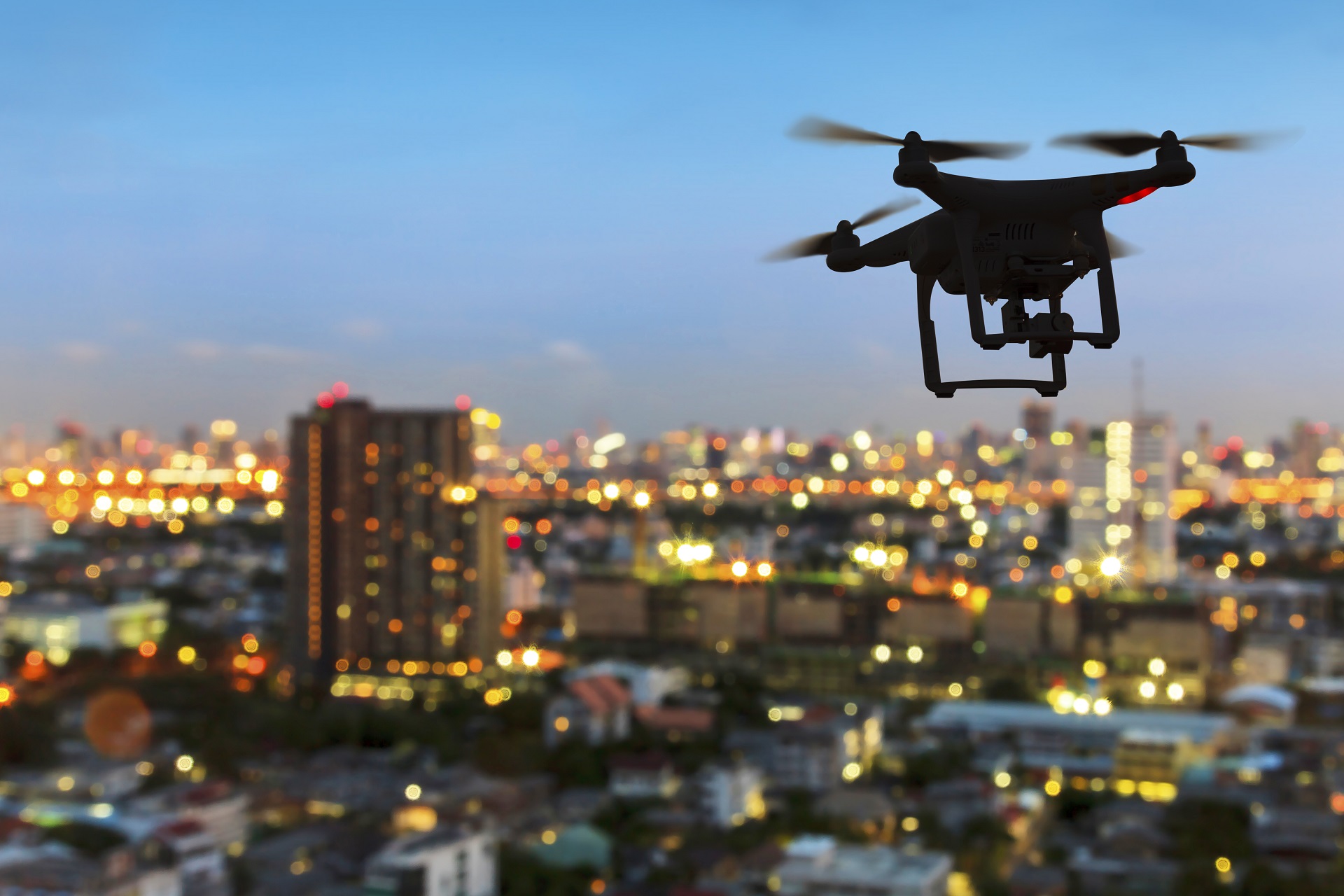Among the latest architectural visualization techniques, camera tracking is particularly notable. It merges real-world drone video of the location with 3D models of future buildings. This way, the technique enhances the realism and appeal of architectural 3D animation, making it more lifelike and engaging for viewers. However, the impact of the camera tracking results depends on the quality of the drone video used in it. The well-made footage can dramatically enhance the experience, showing the future building in the best light.
Wondering how to make drone video to get stunning animations? Our 3D rendering studio has the answers you need. Read on!
#1. Providing the Necessary Information and Files
So, what will your archviz studio need to create a 3D animation based on real-life footage? Here are the things to include in your brief:
Technical specifications of your drone

How to make drone video that captures every meaningful detail? First of all, to produce quality footage for 3D animations, your drone must meet specific technical criteria. Namely, it should be capable of recording in ultra-high resolutions like 4K or 8K. Furthermore, a high frame rate, preferably between 30 and 60 FPS, is essential for capturing motion smoothly. This is particularly important for dynamic scenes and reducing motion blur in fast-moving frames.
When compiling a brief, make sure to indicate the model of your drone and the tech details listed above.
Diverse camera movements
The storytelling power of the drone video largely depends on the variety of camera movements. So, it is essential to capture movements that showcase the project site from multiple angles and perspectives.
When making drone video, try to shoot as many of these types of movements as possible:
- orbit (circling the point of interest);
- pullback (gradually widening the view of the site);
- crane/JIB (mimicking the motion of a crane moving upwards or downwards);
- low altitude (highlighting details of the terrain and immediate surroundings);
- tracking (following a particular moving object);
- top-down (a bird’s eye view);
- tilt up;
- tilt down;
- plain straight;
- flyover;
- panorama curve.
Shooting all these movements with your drone will give your CGI contractor enough material to work with. Using it, they’ll be able to choose and combine the best perspectives to create the most appealing and informative 3D animation for you.
360-degree panoramas

For a complete overview of the project site, make several 360-degree panoramas. It’s best to shoot in the highest possible resolution, ideally in HDRI, to ensure the flawless quality of future 3D animation with drone footage. If the weather conditions change during the shooting, make some additional panoramas. This will allow archviz specialists to keep the consistency between the frames, making the final animation realistic and smooth.
#2. Creating Window Transition Shots
To make drone video animation more impressive, you can include some interior scenes with a glimpse of the outside world. Here, drone shooting can be used to create realistic views from the windows. How to make drone video for that purpose? Keep in mind the following.
Flight altitude
To simulate the future view from a specific window in the animation, it’s crucial to align the drone’s flight altitude with the actual height of the floor in question. So, how to make drone video from this perspective? Multiply the number of the floor by three meters (an average floor height) to achieve the right altitude for shooting. For instance, for a tenth-floor window, the drone should be positioned at about 30-35 meters.
Location of the shoot

The location from which you shoot can greatly impact the quality and informativity of the footage. Here are some tips.
When there is no dense construction nearby, and nothing interferes with the drone’s flight, the process is quite straightforward. In such cases, the drone should fly directly over the construction site. This ensures that it captures the exact perspective as if looking out from the future building’s windows.
Dense urban areas present a challenge. Here, it’s often difficult or even impossible for a drone to easily fly above the site. In this case, one should use floor plan projections. These are drawings or visualizations that show where different rooms of the future building will be located. By using them, you can precisely determine where the drone should fly to capture the necessary views.
Immerse clients into your design projects with a 3D animation
For example, if you aim to capture the view from a window on the 10th floor, you need to find out exactly where this floor will be situated within the building. The drone then needs to fly over that particular area to make the correct video. This approach ensures that the drone’s camera is aligned with what will be the actual view from the window, providing realistic and informative footage for the 3D animation.
Drone’s view
The orientation of the drone’s camera is critical. Ensuring that the horizon line in the footage is perfectly horizontal prevents distorted views that could skew the perspective in the final animation. So, make sure to align the horizon when making the drone video.
Moving elements
When planning the shoot, consider any dynamic elements that you wish to include in the final video, such as moving vehicles or people. Then coordinate your decision with your 3D team. Using Google Maps, they can provide you with guidelines to plan effective shooting trajectories.
#3. Choosing Optimal Time for Drone Shooting

Picking the right time and weather conditions for drone shooting is vital. To make drone video footage informative, appealing, and consistent, it is best to schedule the shooting in clear weather. Avoid days with unpredictable weather as it can affect lighting and visibility.
When exactly to make drone video? Plan the shooting for late afternoon or early evening. This will allow you to capture the site in varying lighting conditions, enriching the visual material with both daylight and sunset views. Showcasing the site in different lighting can strengthen the aesthetic appeal and emotional impact of your animation.
Want to learn how much your project costs? See how we evaluate 3D rendering projects
#4. Managing and Submitting Drone Footage
Due to the shooting’s high resolution and frame rate, you will receive large-sized files. The efficient management and transfer of these files are crucial. Uploading your drone video files to a reliable cloud service like MEGA ensures that your CGI contractor can easily access and work with the footage.
You can organize files in any way that’s convenient for you. For example, there can be either one file or a series of videos. Both are okay. But make sure that the drone files were not subject to any post-production and conversion. They must have all the original information in the file properties.
When you only start learning how to make drone video for an archviz project, it might seem like quite a lot of work. But the outcome is absolutely worth it. At the end of the day, using video drone footage allows you to save time and costs while obtaining high-quality, exceptionally realistic animations. Like this one.
Looking for a 3D visualization services provider to take your animations to new heights? At ArchiCGI, our expert team of 3D artists with over a decade of experience can help you do so. Contact us to enjoy the full potential of professional architectural visualization!

Stacey Mur
Content Writer, Copywriter
Stacey is a content writer and a CG artist. Outside of work, Stacey enjoys musicals, Star Wars, and art talk. A proud Corgi parent.



